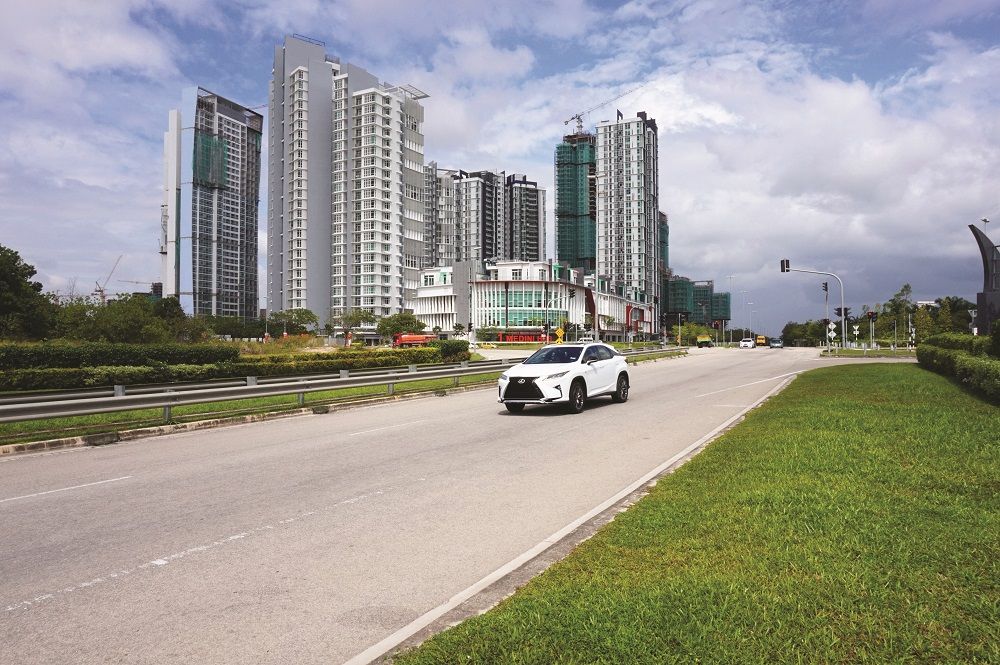While their interest in overseas property has largely slumped, investors from the Middle Kingdom remain key to sales strategies in neighbouring markets.
By Steve Finch
The flag-waving Chinese tour guides that flood Bangkok’s Suvarnabhumi and Don Mueang airports typically follow a tightly marshalled route around Thailand.
Nearly all are herded onto buses and out of the capital to Hua Hin or Pattaya, just a few hours away. Many then catch a flight to Chiang Mai or Phuket. Some 9.5 million Chinese were expected to visit Thailand in 2017, according to the Ministry of Tourism – a staggering increase on the less than three million than visited only five years ago.
“Much of the sales in Thailand are riding on the back of tourism,” says Cobby Leathers, head of international business at Sansiri, a leading Thai developer, which opened three new China offices this year. “One thing that stands out with our Chinese buyers is that we see them purchasing across all of our key local markets, namely Chiang Mai, Bangkok, Hua Hin, Pattaya and Phuket.”
Although Chinese property portal Juwai.com reported that growth in Chinese inquiries across all markets slowed this year after Beijing began strictly enforcing controls on cash flows out of the country, Southeast Asia – and particularly Thailand and Vietnam – are still prime quarry for investors from the Middle Kingdom.
Thailand jumped three places to third on the list of top destinations for Chinese buyers in the second quarter – only the US and Australia rank higher – while Vietnam has made a surprising leap in popularity as a property investment destination among mainlanders.
Enquiries for Vietnam by Chinese grew a staggering 442 percent between January and May in 2017, Juwai.com data shows. Although geographically close, Vietnam was the subject of a flurry of negative headlines in China the year before after anti-Chinese riots over a territorial dispute in the South China Sea left more than 20 people dead and over 100 injured.
More: What you need to know about Asia’s final frontiers
Although many Chinese cancelled their holidays to Vietnam in the immediate aftermath, three years on and the negative sentiment appears to have somewhat subsided, according to Juwai.com’s CEO Carrie Law.
“There is always some impact, because angry headlines tend to make some buyers cautious. However, buyer demand has nonetheless continued to grow strongly,” she says. “Vietnam has catapulted from the thirty-third most popular country for Chinese international property buyers to the tenth over the past two years.”
Newly relaxed property laws have proven a major market incentive. In 2015, the central government passed a law that means anyone with a valid visa can now buy property with a lease of up to 50 years. Previously, foreign buyers were required to hold a work visa and had to have already lived in the country for one year.
Aside from Thailand, only Malaysia ranks higher than Vietnam in terms of Chinese interest, but it’s been a mixed year for property sales on the Malay Peninsula.
Although analysts report robust Chinese demand, particularly in Kuala Lumpur, the huge Chinese developments in Johor at Iskandar facing Singapore – dubbed the ‘next Shenzhen’ – have reportedly faced sluggish demand as buyers have struggled to get their yuan out of the country amid tighter controls by Beijing.
Forest City by Country Garden – the biggest of them all with 700,000 new inhabitants targeted by 2050 – has faced the bulk of negative headlines as many Chinese buyers desperately try to recoup their deposits after struggling and failing to make payment instalments.

Areas such as Johor in Malaysia have gone the extra mile to attract Chinese investment by easing the way for joint venture developments.
Country Garden has advertised the project based on the key selling point that it lies just a few kilometres from Singapore, a market which retains appeal for Chinese due to its wealth, stability and Mandarin-speaking population.
“I think it is important to note that Forest City represents a long-term vision for the region with an expected build-out of 20 to 30 years,” said Michael Grove, director of the Shanghai office of Sasaki which designed the project, which includes four man-made islands.
Singapore, despite its tiny size, itself ranks as the fourth-most popular investment destination in Southeast Asia among Chinese buyers. After that, the archipelago nations of Indonesia and the Philippines come in as the next most popular among Chinese buyers, and then emerging markets Cambodia and Laos.
Chinese have traditionally been heavy investors in Cambodia’s main export industry – garments – building and running dozens of factories on the outskirts of Phnom Penh, but until recently housing development was dominated by South Korean firms, not Chinese. That’s changing quickly, says Ross Wheble, director of Knight Frank’s Phnom Penh office.
“It’s only over the last 18 months or so that we’ve seen an increasing number of Chinese developers entering the market and thus there has been an increase in the number of Chinese investors buying condominiums,” he adds.
While Chinese visitors may not flock other regional airports in quite the same way they do in Thailand, there’s little doubt that the country’s investors remain intent on planting their flags in property markets around Southeast Asia.
This article was originally published on Property-Report.com. For more stories from Asia’s most trusted and enduring luxury real estate, architecture and design publication, visit Property-Report.com

